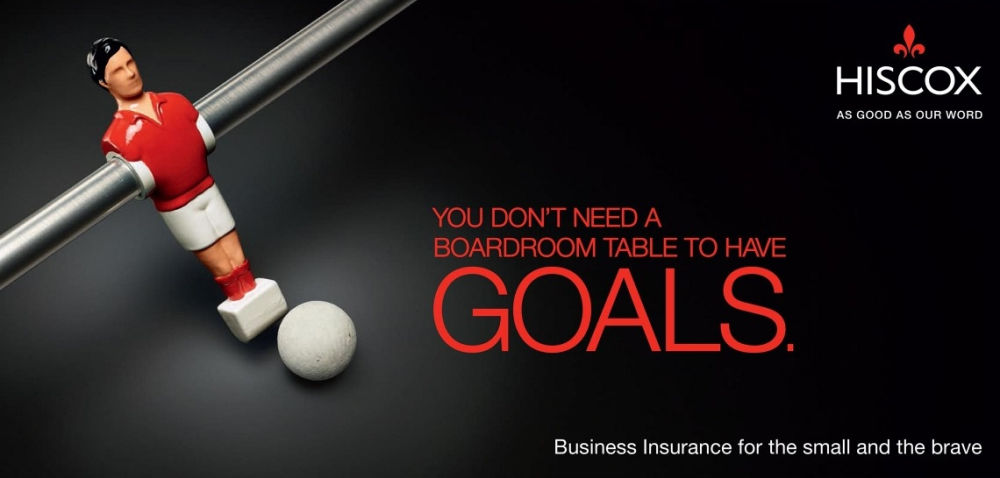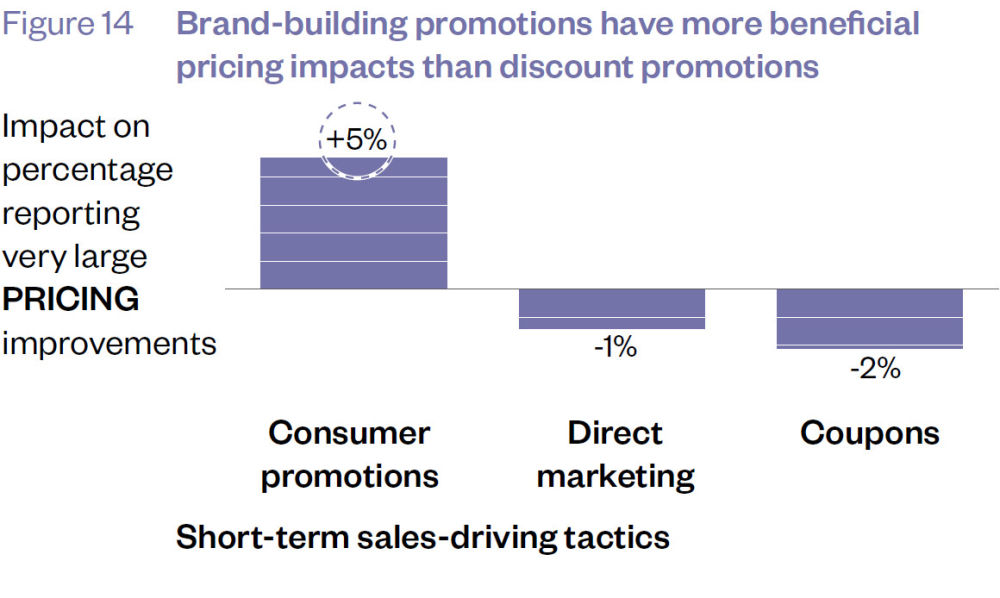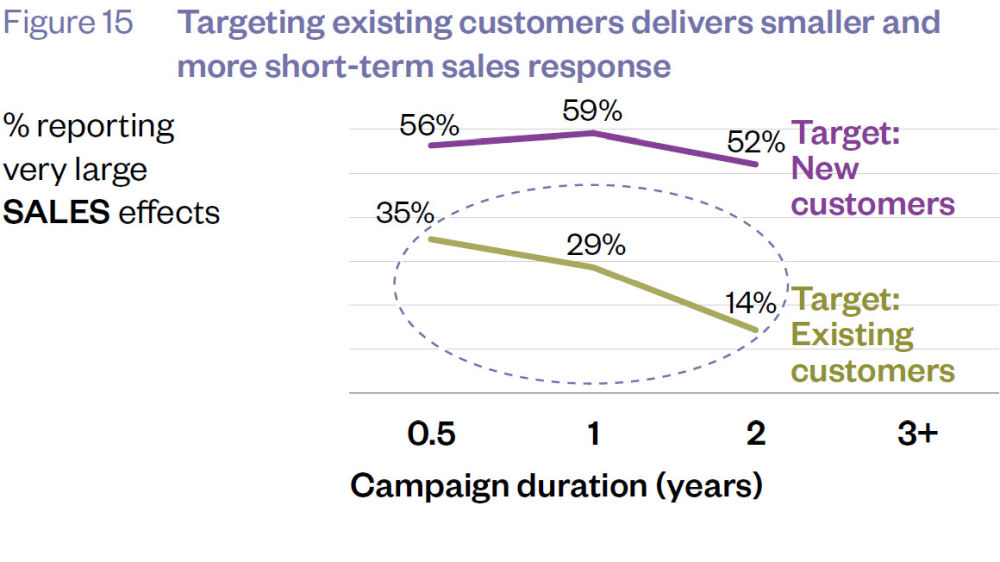The Long and the Short of It: lessons for SMEs
This commentary on Binet and Field’s “The Long and the Short of It” is going to take two parts.
- The first part will cover the lessons business-to-business SMEs can take from it. Although it’s a study of big-budget advertising from large enterprises, many of the principles can be scaled down and made to work for organisations without such deep pockets.
- The second part will focus on some of the problems with the data and the way it’s presented. Some of it is really strange and yet it seems to be accepted without question.
So let’s dive into Part One.
“The Long and the Short of It” has become something of staple of the marketing/advertising industry. Since Binet and Field updated it in 2013, its influence has been growing, slowly convincing us to focus on both long-term brand-building as well as short-term campaigns.
The Long and the Short of It promotes combining long and short-term
Successful marketing (and they measure success in a variety of ways) depends on a mix of long-term brand-building to support long-term profit and sales activation to generate short-term sales quantities.
Although these aren’t their charts, the concepts to fix in your mind are:
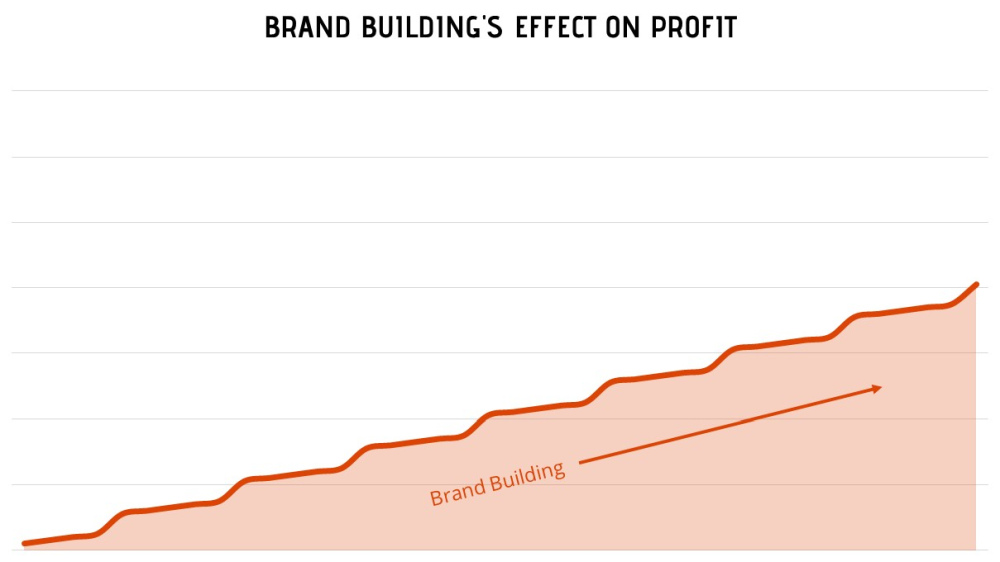
Your brand’s contribution to profit builds slowly, over time. Its effects last beyond the time period of any campaign that promotes it. We’ll return to why this is later.
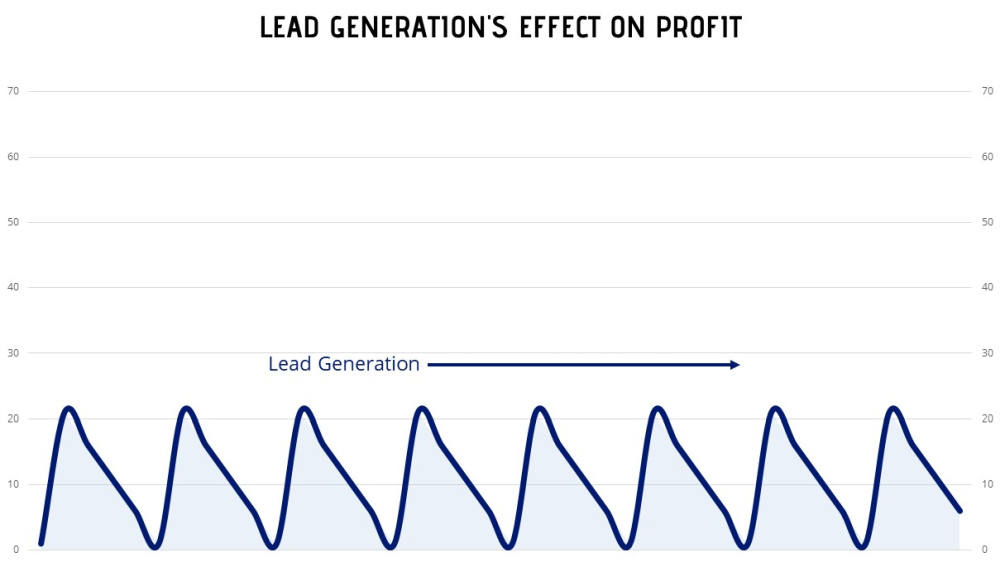
Short-term activities like lead-generation produce faster results but they stop as soon as the campaign stops. When you restart, you restart from zero.

Success comes when you combine long-term brand-building with short-term activities like lead-generation.
Long-term brand-building aims for an emotional connection
Long-term brand campaigns should seek to build an emotional connection with customers. Feelings towards a brand are remembered longer than facts about it. Emotional campaigns generate stronger profit over the long-term (Fig. 51) but they don’t show immediate effects because they’re aimed at the majority of customers – customers who aren’t currently in the market.
Businesspeople worry when we talk about emotional connections. Don’t. We’re not expecting customers to profess undying love for our businesses. It’s not that sort of emotion. It’s something like Hiscox’s campaign that convinced small business that, despite being a multi-billion pound enterprise, it was also a micro-business’ best friend. In the insurance market, at least. That’s the type of emotional connection we’re looking to build.
Short-term sales campaigns promote rational messages
Short-term sales campaigns should present rational messages to the minority of customers who are currently in the market. Short-term sales campaigns can show immediate effects but they’ll have limited long-term effects.
It is worth considering (this is not part of “The Long and the Short of It”) that sales campaigns in business-to-business markets could have stronger long-term effects than in the business-to-consumer markets Binet & Field studied. These markets feature more durable products/services where customer retention is almost as important as customer acquisition. We would, for example, more easily change the bread we buy than the accountant we use.
The Long and the Short of It suggests promotions can damage profit
Promotions that increase sales quantities often come with a reduction in profit margin because of promotional pricing, higher cost of sales, etc (Figure 14). The most effective campaigns drive sales quantities and maintain (or increase) pricing; they don’t offer discounting.
This won’t come as a surprise to anyone who’s studied the effect of price and quantity on profitability but it’s always worth repeating. We spend so much time chasing volume we easily forget it’s profit that matters. And relatively-speaking, price has more effect on profit than quantity.
Loyalty campaigns aren’t favoured by The Long and the Short of It
Loyalty campaigns are popular i) because we tend to think they’re necessary; and ii) because the target audience – our existing customers – are easy to identify. Binet & Field found that they do less to improve sales than campaigns aimed at new customers.
One of the most obvious reason loyalty campaigns have a limited effect on sales quantities could be that customers already buy as much as they want or need from us.
Despite this, the report does recognise that we’ll keep on doing loyalty campaigns precisely because they are easy.
If a loyalty campaign doesn’t help sales quantities, we might hope it affects brand value. But how would you measure this? It’s suggested that only metric of loyalty that matters is price. If customers stick with you after a price rise, if they stick with you when competitors are discounting, if they stick with you when a discount brand hits the market, then they’re loyal.
Has the picture changed?
As a final note, it’s worth wondering if the picture may have changed since “The Long and the Short of It” was published in 2013. It promotes emotional campaigns heavily and it’s not hard to see that many of the high-profile campaigns of the last five years have adopted this approach.
But you can have too much of a good thing.
Emotional advertising has become so pervasive and cloying (culminating in the atrocious slew of “we’re here for you” COVID adverts) its effectiveness may have diminished.
The next update could reveal the power of something new – maybe personality campaigns. I look forward to finding out.
Getting “The Long and the Short of It”
It’s unclear to us if the study is still something you have to buy. The IPA still sells it but a quick Google search shows that it’s also available for free from https://jeanallary.files.wordpress.com/2016/07/the_long_and_short_of_it_pdf_doc.pdf. This link sits at #1 in the Google rankings so it’s hardly a secret.


